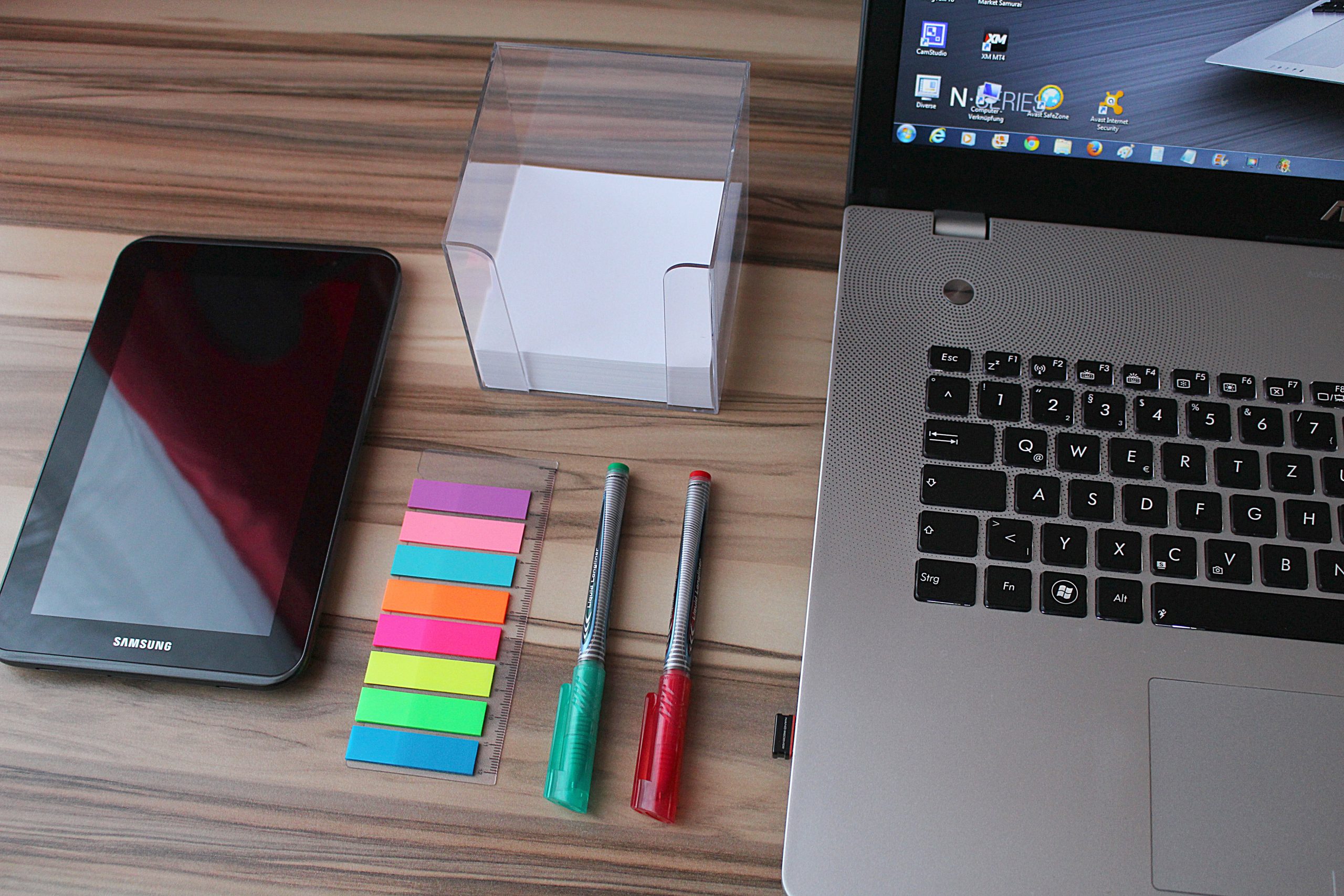Open any social media platform today—YouTube, TikTok, Instagram, or even LinkedIn—and you’ll notice one thing in common: video dominates. Brands, influencers, and businesses are all relying on video to connect with audiences.
But here’s the catch: while millions of videos get uploaded daily, not everyone has the skills (or the time) to edit them well. This is where video editing becomes a golden opportunity. By learning video editing, you’re not just picking up a creative skill—you’re unlocking a profitable side hustle that’s only growing in demand.
The Value of Video Editing Skills
Video editing goes far beyond cutting and trimming clips. It’s about storytelling. Good editing can make a simple video engaging, professional, and persuasive.
Here’s why video editing is such a valuable skill:
- Universal demand → Every content creator and business needs video.
- Flexible projects → From TikTok reels to corporate training videos.
- Scalable → You can work part-time for side income or go full-time as a career.
- Creative satisfaction → You get to shape how stories are told visually.
Step 1: Understand the Basics of Video Editing
Before diving into fancy transitions and effects, start with the fundamentals:
- Cuts and trims → Removing unnecessary footage.
- Transitions → Making scenes flow smoothly.
- Audio syncing → Matching sound and video correctly.
- Color correction → Adjusting brightness, contrast, and tones.
- Story flow → Ensuring the video tells a clear, engaging narrative.
Mastering these basics will already put you ahead of many beginners.
Step 2: Choose the Right Editing Tools
There are plenty of editing tools out there—some free, some professional-grade. Here are popular options:
- Beginner-friendly tools → iMovie, CapCut, DaVinci Resolve (free version).
- Professional tools → Adobe Premiere Pro, Final Cut Pro, DaVinci Resolve Studio.
- Mobile tools → InShot, VN, or Adobe Premiere Rush for editing on the go.
Tip: Start with free or low-cost tools. Once you land paying projects, you can invest in premium software.
Step 3: Learn by Editing Real Projects
Watching tutorials helps, but the real progress comes when you edit your own projects. Practice with:
- Travel vlogs
- Gaming clips
- Interview-style videos
- Short TikTok or Instagram reels
- Simple YouTube videos
Don’t aim for perfection at first—aim for completion. The more projects you finish, the more confident you’ll become.
Step 4: Build Your Portfolio
Clients want to see what you can do. That’s where your portfolio comes in.
You can start with:
- A YouTube channel showcasing your edits
- Short before-and-after clips (raw vs. edited)
- Sample ads or trailers you create for fictional brands
- Personal projects highlighting different editing styles
A strong portfolio builds trust and increases your chances of landing freelance work.
Step 5: Find Your First Clients
Getting that first client might feel intimidating, but there are plenty of ways to start:
- Freelance platforms → Upwork, Fiverr, and PeoplePerHour often have video editing gigs.
- Social media creators → Many influencers need editors to save time.
- Local businesses → Offer to create promotional videos.
- Networking → Tell friends or communities you’re offering editing services.
Even small projects will help you gain experience and testimonials.
Step 6: Understand Pricing and Workflow
Video editing rates vary widely depending on experience and complexity. Beginners often start small, but as your skills grow, you can charge more.
A simple workflow usually looks like this:
- Client shares raw footage.
- You edit, add effects, music, and polish.
- Deliver first draft.
- Revise based on feedback.
- Send final version and get paid.
The smoother you make this process, the happier your clients will be.
Step 7: Keep Improving
The video editing world moves fast. Trends like short-form content, cinematic reels, or AI tools change how videos are made. Stay updated by:
- Following YouTube channels about editing.
- Joining communities on Reddit or Discord.
- Experimenting with new styles.
- Learning advanced skills like motion graphics or color grading.
The more versatile you are, the more opportunities you’ll have.
other articles
How to Balance Learning and Working: Time Management Tips
Learning from Mistakes: Why Failure Is the Key to Success




